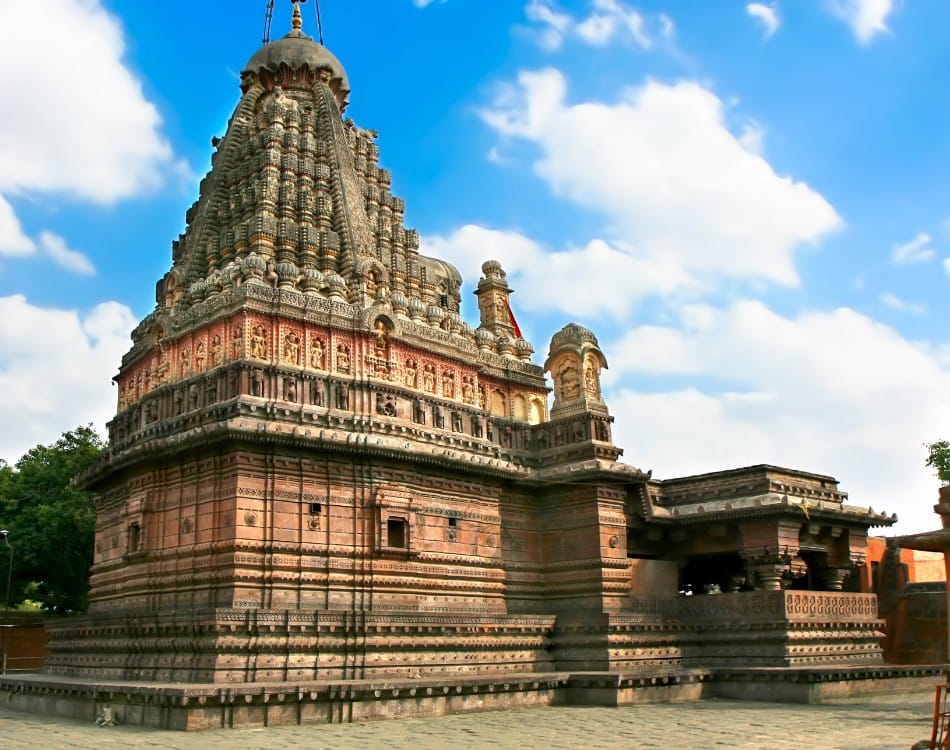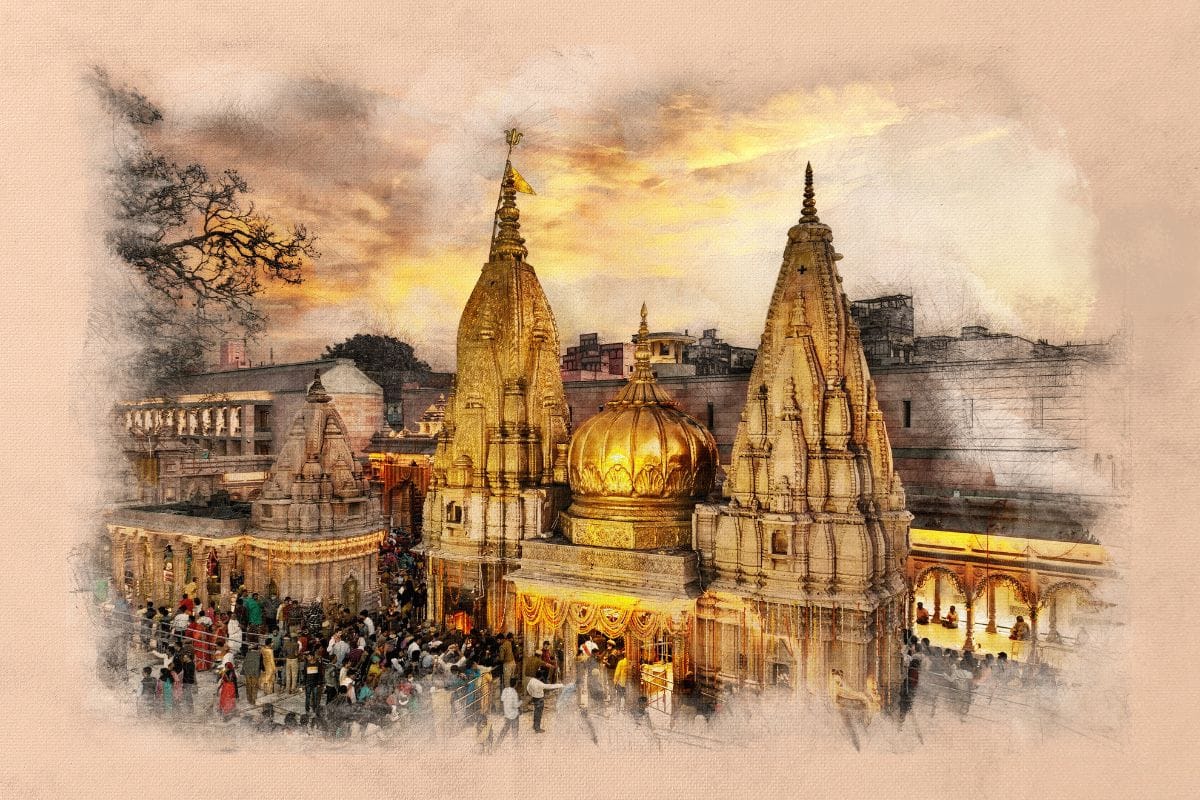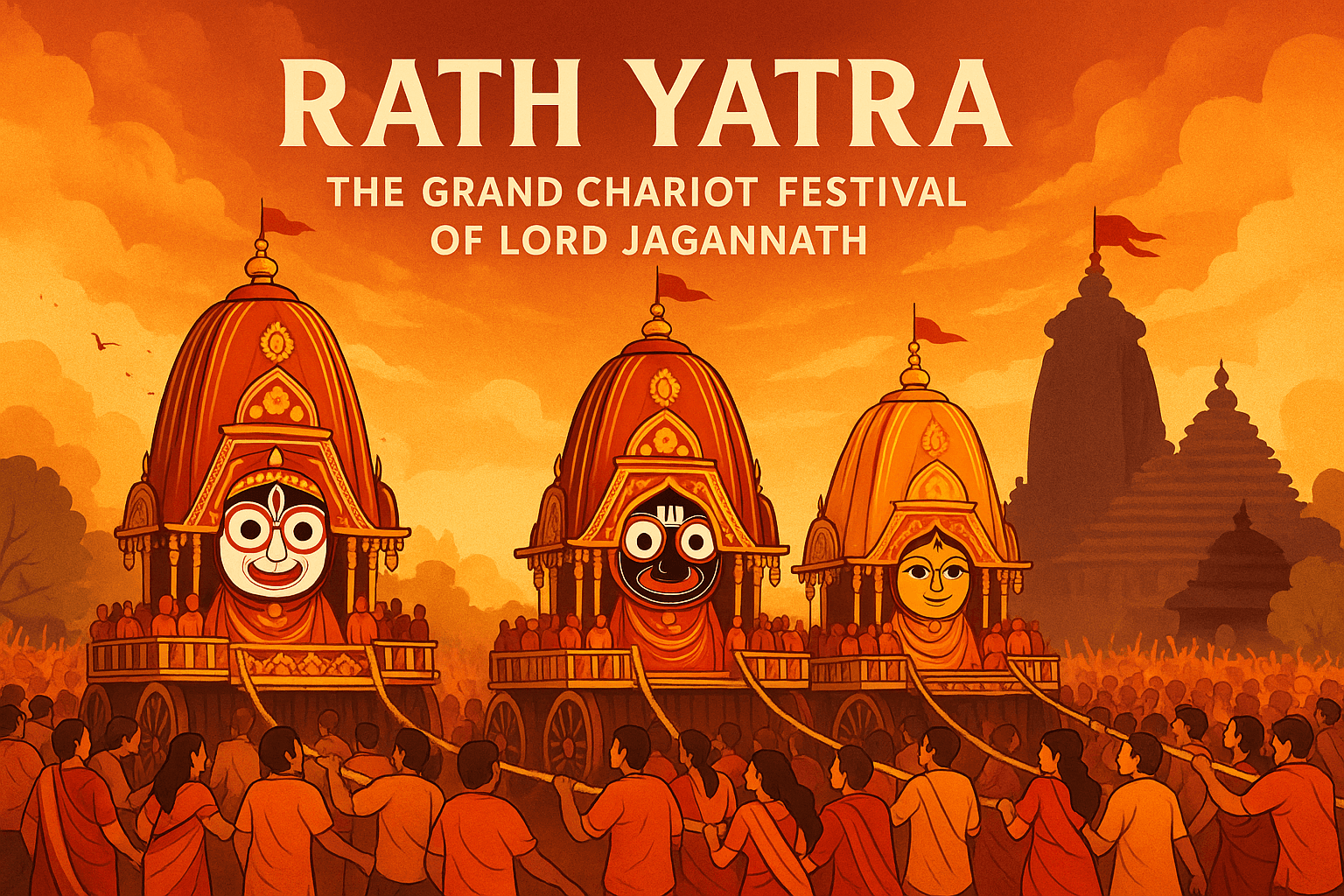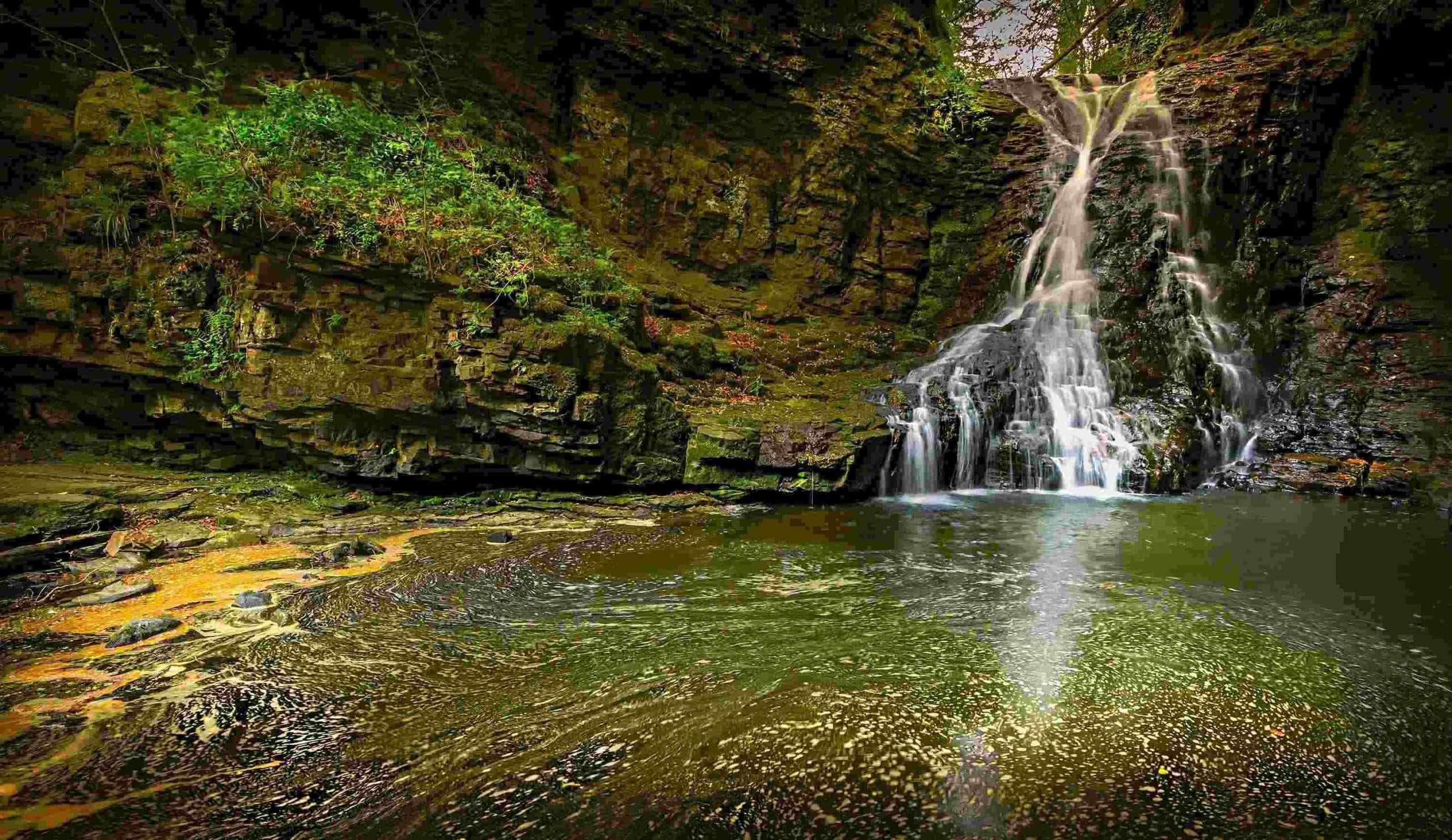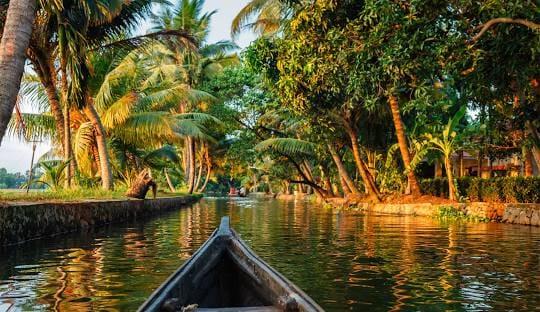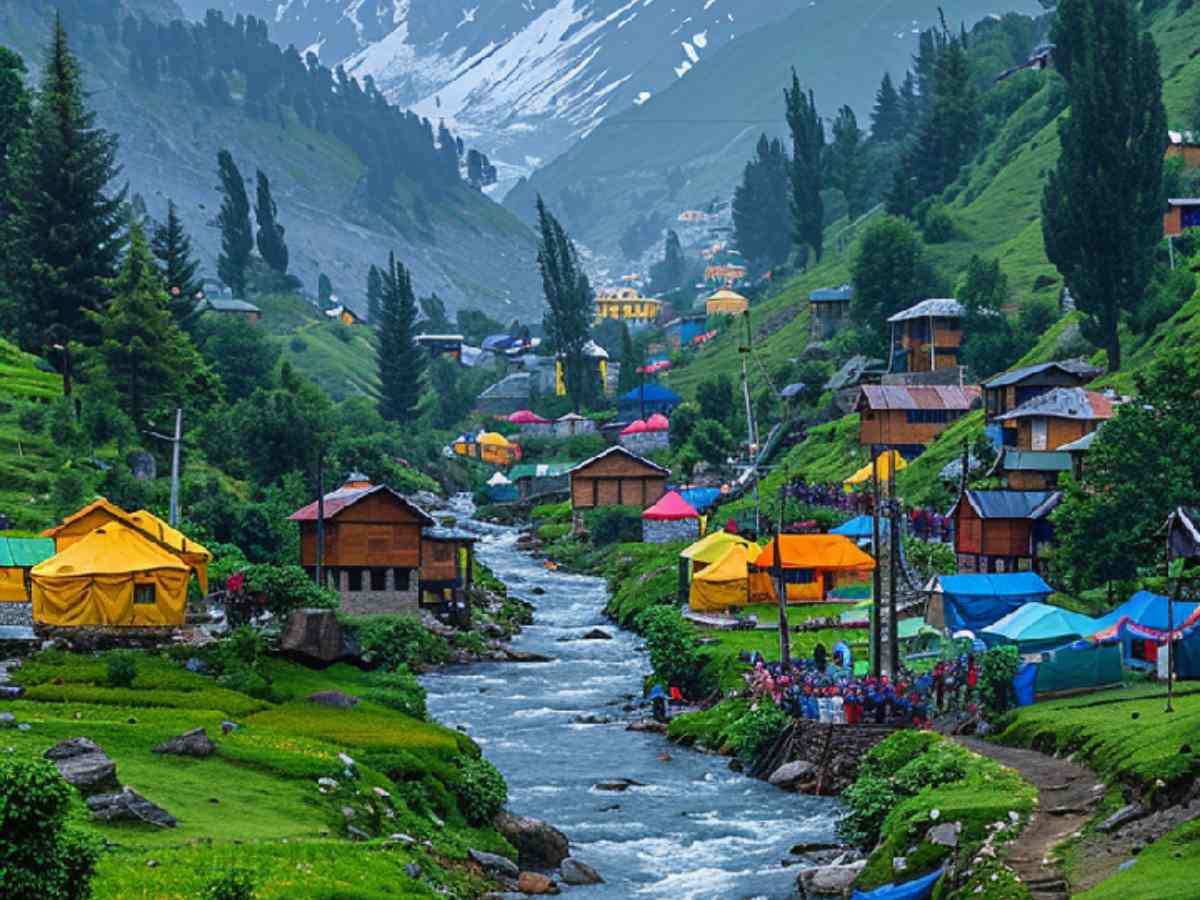
The Chota Char Dham Yatra is one of the most revered spiritual journeys in India, attracting thousands of pilgrims annually. It refers to the pilgrimage to the four sacred shrines situated in the Garhwal Himalayan region of Uttarakhand, also known as “Dev Bhoomi” (the land of gods). The four temples—Yamunotri, Gangotri, Kedarnath, and Badrinath—are collectively called the Chota Char Dhams. Each of these holy sites holds immense significance in Hinduism and is dedicated to different deities. The Chota Char Dham Yatra is often distinguished from the larger Char Dham Yatra that involves visiting shrines in India’s four corners—Badrinath, Dwarka, Puri, and Rameswaram.
The journey is not just a pilgrimage but a spiritual quest, offering travelers a chance to cleanse their soul, experience the divine, and witness the pristine beauty of the Himalayas.
Why Char Dham Yatra Is Important?
The Char Dham Yatra is a journey of spiritual enlightenment and penance, aimed at attaining salvation. Hindus believe that visiting these shrines helps cleanse one’s soul of sins, leading to moksha (liberation from the cycle of life and death). The pilgrimage is typically undertaken during the summer months and involves trekking across steep, rugged terrains to reach the temples. Many people plan the trip to coincide with auspicious dates in the Hindu calendar.
The Four Sacred Shrines
- Yamunotri: The Source of the Yamuna River

- Dedicated to: Goddess Yamuna
- Location: Uttarkashi District
- Altitude: 3,293 meters above sea level
- Story of Yamunotri: Yamunotri is the source of the holy Yamuna River and is dedicated to Goddess Yamuna, the sister of Yama (the god of death). According to Hindu mythology, the Yamuna is the daughter of Surya (the Sun God) and Sangya, and she is revered for her role in ensuring a long life to her devotees. It is believed that a dip in the Yamuna’s waters frees one from the fear of death, as Yamuna, being Yama’s sister, grants protection.
- Another important story associated with Yamunotri is about the sage Asit Muni, who lived here. The legend says that he used to bathe daily in both the Yamuna and the Ganga. In his old age, when he could no longer travel to Gangotri, the Ganges herself appeared at Yamunotri to bless him.
- The temple is surrounded by glaciers and hot springs, including the famous Surya Kund, where pilgrims cook rice as an offering to the goddess.
2. Gangotri: The Origin of the Ganga

- Dedicated to: Goddess Ganga
- Location: Uttarkashi District
- Altitude: 3,100 meters above sea level
- Story of Gangotri: Gangotri is the origin of the sacred Ganges River. According to legend, the Ganga was brought to Earth through the intense penance of King Bhagirath. The king performed severe penance to please Lord Shiva and Goddess Ganga to wash away the sins of his ancestors. Moved by his devotion, Ganga agreed to descend from heaven, but her powerful flow threatened to destroy the Earth. Lord Shiva intervened and held Ganga in his locks, gently releasing her flow to Earth.
- The Gangotri Temple, located on the banks of the river, marks the spot where Ganga first touched the ground. Pilgrims believe that bathing in the waters of the Ganges here absolves them of their sins.
3. Kedarnath: The Abode of Lord Shiva

- Dedicated to: Lord Shiva
- Location: Rudraprayag District
- Altitude: 3,583 meters above sea level
- Story of Kedarnath: Kedarnath, one of the twelve Jyotirlingas, is dedicated to Lord Shiva. It is said that after the Kurukshetra war, the Pandavas sought Lord Shiva’s blessings to atone for the sins committed during the war. Lord Shiva, however, did not wish to forgive them easily and took the form of a bull to avoid meeting them. As the Pandavas pursued him, Shiva dove into the ground, but Bhima managed to catch his tail. Different parts of his body appeared at different places, with the hump of the bull forming the Kedarnath Temple.
- Kedarnath is also part of the Panch Kedar pilgrimage, which includes other holy shrines associated with Lord Shiva’s body parts.
- Surrounded by the majestic snow-capped peaks of the Garhwal Himalayas, the temple is accessible by trekking from Gaurikund.
4. Badrinath: The Holy Seat of Lord Vishnu

- Dedicated to: Lord Vishnu
- Location: Chamoli District
- Altitude: 3,133 meters above sea level
- Story of Badrinath: Badrinath is one of the most important Vaishnavite temples dedicated to Lord Vishnu. The legend behind Badrinath is that Lord Vishnu performed penance here for thousands of years, unaware of the harsh weather. Lakshmi, his consort, transformed herself into a Badri tree (berry tree) to provide him shade and protection from the cold, giving the place its name, Badrinath.
- It is also said that Nar and Narayan, the twin forms of Vishnu, meditated in this region for the welfare of humanity. Badrinath is considered a part of the larger Chota Char Dham and is also one of the 108 Divya Desams (holy places for Vaishnavites).
- The temple is situated on the banks of the Alaknanda River. A dip in the Tapt Kund hot springs before entering the temple is considered a ritual cleansing.
Best Time to Visit Chota Char Dham
The Char Dham temples are open for about six months each year, typically from April/May to October/November. The best time to undertake the pilgrimage is during the summer months (May to June) and post-monsoon (September to October). During this period, the weather is pleasant, and the roads are safer compared to the monsoon season, which brings heavy rains and risks of landslides. The temples open for darshan in Akshaya Tritiya and close on Diwali.
How to Reach Chota Char Dham
- By Air: The nearest airport is Jolly Grant Airport in Dehradun (approximately 260 km from Yamunotri), which is well-connected to major Indian cities.
- By Rail: The nearest railway stations are in Rishikesh, Haridwar, and Dehradun, which serve as the main gateways to the Char Dham route.
- By Road: The Char Dham Yatra can be undertaken by road, with buses and taxis available from Rishikesh, Haridwar, and Dehradun. The journey includes a mix of motorable roads and treks, particularly for reaching Kedarnath.
Chota Char Dham Yatra Routes
There are multiple routes to undertake the Char Dham Yatra, but the traditional sequence is as follows:
- Start at Yamunotri, proceed to Gangotri, then visit Kedarnath, and conclude at Badrinath. This route is believed to follow the natural movement of the sun from the west to the east, symbolizing a journey from life to liberation.

- Yamunotri:
- The journey usually starts from Yamunotri, the source of the Yamuna River.
- The nearest major town with good road connectivity is Barkot.
- Pilgrims usually travel from Barkot to Jankichatti by road. From Jankichatti, they trek for about 6 kilometers to reach the Yamunotri temple.
- Gangotri:
- From Yamunotri, pilgrims return to Barkot and then proceed towards Gangotri.
- The road journey from Barkot to Gangotri is approximately 150 kilometers.
- Gangotri is accessible by road, and the temple is located close to the town.
- Kedarnath:
- From Gangotri, pilgrims travel to Kedarnath.
- The road journey to Kedarnath involves traveling from Gangotri to Guptakashi or Phata by road.
- From Guptakashi or Phata, pilgrims usually take a helicopter or trek to Kedarnath due to the lack of motorable roads directly to Kedarnath.
- Badrinath:
- After visiting Kedarnath, the next destination is Badrinath.
- Pilgrims typically travel from Kedarnath to Joshimath by road.
- From Joshimath, Badrinath is around 45 kilometers away. There is a well-maintained road connecting Joshimath to Badrinath.
Many tour operators offer Char Dham Yatra packages that include accommodation, meals, and transportation. For a more convenient journey, helicopter services are also available, especially for pilgrims unable to trek long distances.
Tips for Char Dham Yatra Pilgrims
- Physical Fitness: The pilgrimage involves strenuous treks, especially to Kedarnath and Yamunotri. Before the trip, make sure you are physically fit and, if necessary, consult a doctor.
- Weather Readiness: Temperatures in the mountains can be unpredictable. Carry warm clothing, even during summer, and rain gear for monsoons.
- Essential Items: Carry a first aid kit, sunscreen, water bottles, and energy snacks. Comfortable trekking shoes are essential for the long hikes.
- Altitude Sickness: Some pilgrims may experience altitude sickness due to the high altitudes. It is advisable to acclimatize by spending a day or two at lower altitudes before beginning the trek.
Conclusion
The Chota Char Dham Yatra is not only a pilgrimage but also a journey through the spiritual heart of India. Whether you are seeking divine blessings, inner peace, or simply a break from the hustle of daily life, this Yatra promises an experience of a lifetime. With the majestic beauty of the Himalayas as a backdrop and ancient temples filled with mythological lore, the Chota Char Dham Yatra offers spiritual solace and a deep connection to the divine.


